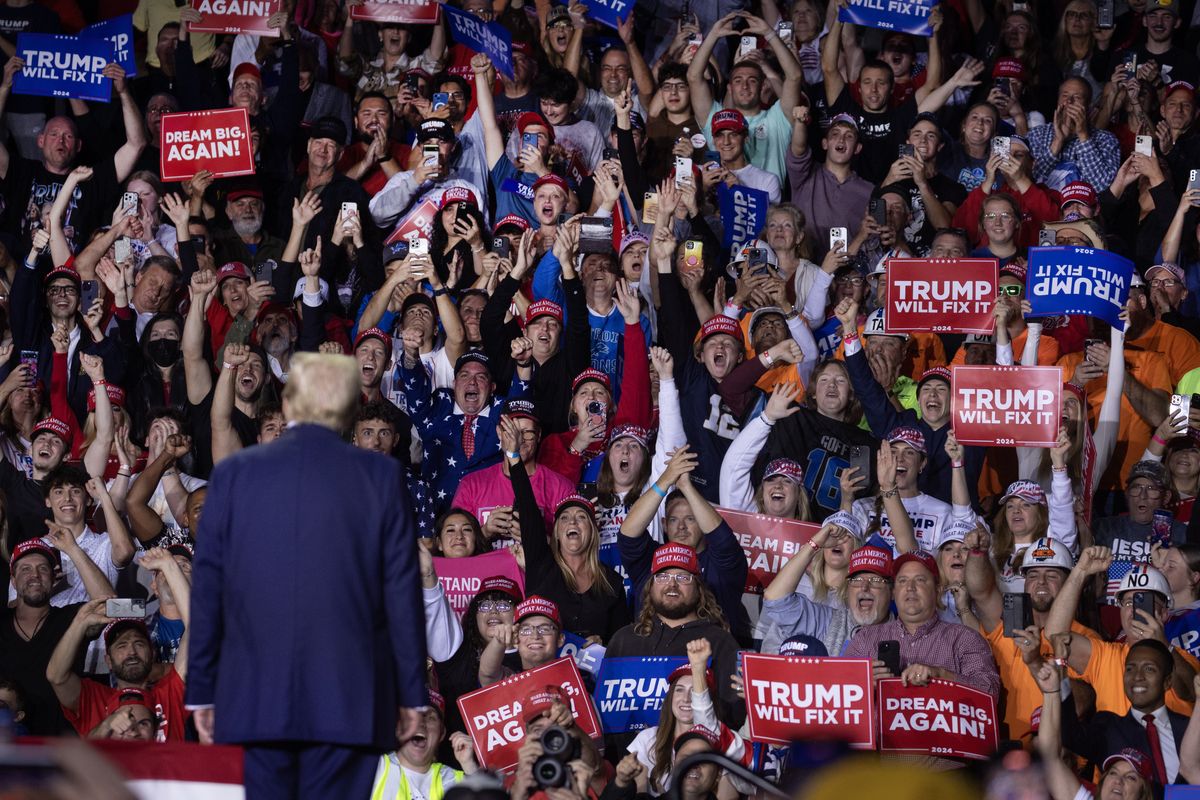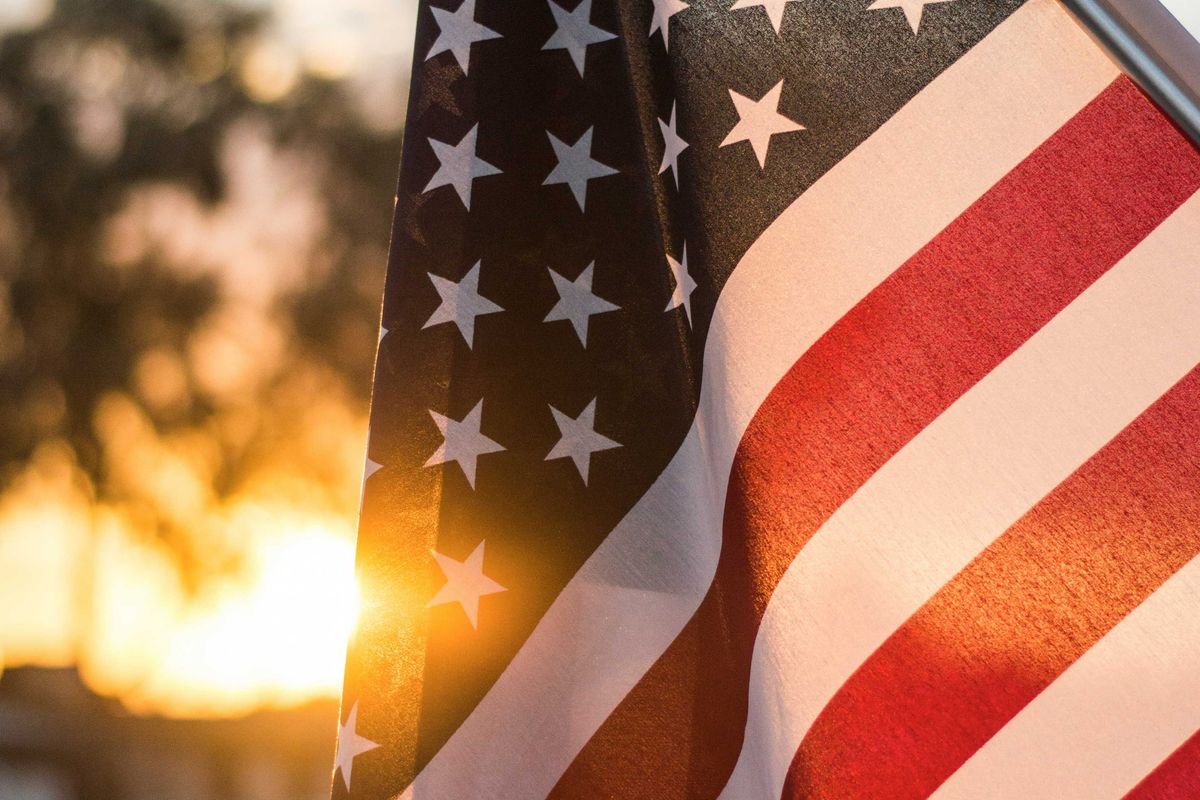Marc Wong was a volunteer at a telephone crisis center, and he has worked in computer security. His passion for listening and helping others is now his mission. His book Thank You For Listening was cited as an “invaluable self-improvement guide” by Midwest Book Review. He believes our biggest challenge as a species is to bring out the best in ourselves.
The 2023 FIFA Women’s World Cup, an international soccer competition, is being hosted jointly by Australia and New Zealand from July 20, 2023 to August 20, 2023. The telecom company Orange recently released a video, “a Compil des Bleues” to support the French national soccer team.
The video has been gaining attention recently. Spoiler alert! It starts off by showing highlights from the French men’s national team, showing their incredible skills. But then it is revealed that the exciting highlights were actually from the French women’s matches, with the female players altered with special effects to look like famous male players.
The video brilliantly and viscerally challenges the idea that women’s soccer matches are less entertaining than men’s soccer matches. It makes a case for equal pay between male and female athletes.
Contrast this with some other well-known commercials over the years. The first example is the 1971 “Buy the World a Coke” commercial. Its most memorable feature is probably the catchy tune that eventually became the hit song, “I’d Like to Teach the World to Sing (In Perfect Harmony).” Another well-known commercial is the 2017 Heineken “Worlds Apart: An Experiment” commercial. It is memorable for appearing to get people on two sides of an issue to sit down over a drink. And lastly, Nike’s 2021 “You Can’t Stop Us” commercial. It won the 2021 Outstanding Commercial Emmy and featured seamless side-by-side video montage of athletes in different sports, and brilliantly implied unity and continuity.
“A Compil des Bleues” is different from the other examples . because while all these commercials are inspiring, entertaining, and beautiful, the French one challenges (potentially hidden) biases. The French one is arguably the most successful at changing minds and educating viewers.
When it comes to interventions, to bridge the divide and find common ground similar considerations apply. The most important thing may not be the form of the intervention but whether we can appeal to, and then change hearts and minds, especially in areas where there is disagreement. Can we engage, inspire, and educate in an entertaining fashion?
To change minds and hearts we cannot just preach to the choir. Interventions need to have mass appeal and we must be careful to have an appealing message to those who might be new to this messaging approach.
In this case, “des Bleues” used the most popular sport in the world (soccer) to make their point.
Since so many of our disagreements are emotionally charged, we cannot rely on facts and reasoning alone either. There was no mention of gender equality or players’ salaries in the commercial but instead it was filled with exciting highlights. Furthermore, if people don’t gain meaningful insight into our most challenging issues, they are just going to argue in circles making common ground impossible.


















